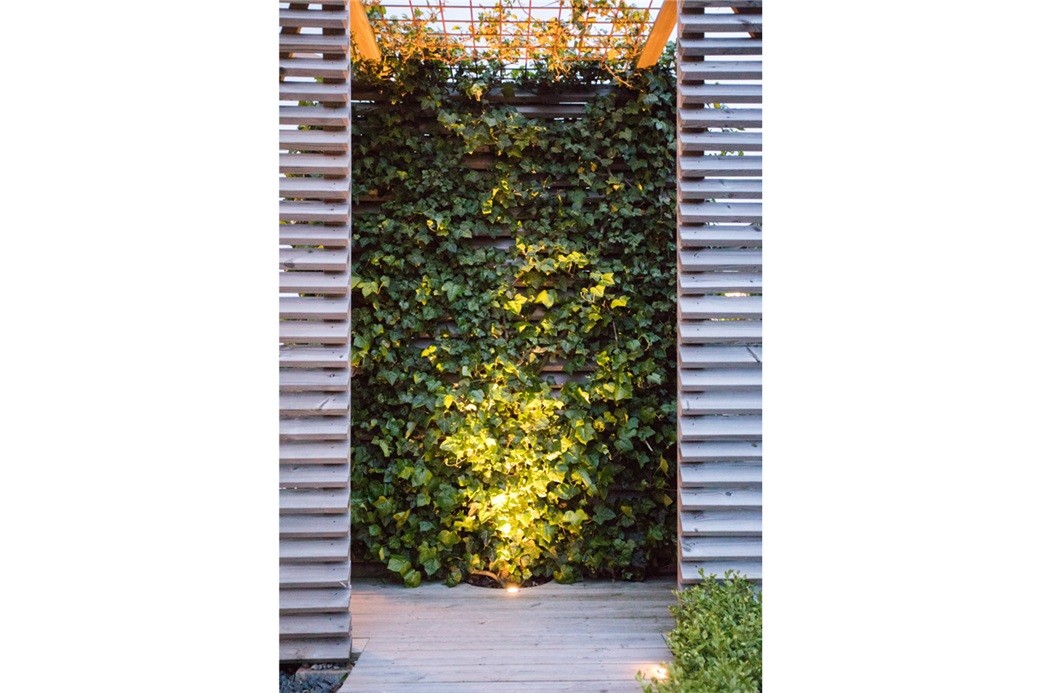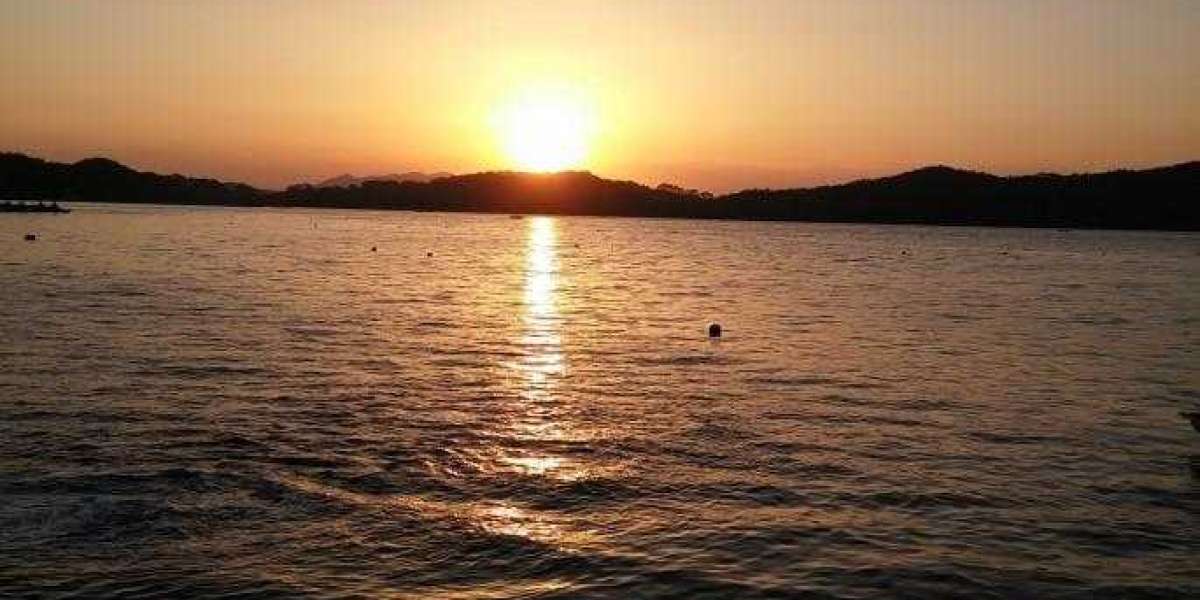Construction Quality Problems
The construction quality problems of underground lights or underwater lamps are mainly related to water seepage and water leakage. It is essential to plan the construction scheme carefully to minimize these issues. The power supply line should adopt the appropriate connection method to minimize intermediate joints. If an intermediate joint is unavoidable, a centralized connection box should be placed at the appropriate position on the ground. The lamp-side power supply connector of the lamp should be concentrated in the junction box connection. Additionally, when unpacking and equipping the lamp with a light source and wiring on-site, it is crucial to ensure proper sealing to avoid quality hazards. Therefore, a reasonable and comprehensive construction plan is of great significance to improve the quality of the project.
Read more: How to properly light the swimming pool and its surroundings
Installation Precautions
Before installing underground lights, the power must be cut off. This is the first step in the installation process for all electrical equipment and ensures safe operation.
Before installing underground lights, arrange the various components used in the lighting. Underground lights are special landscape LED lights that are buried underground. Once installed, it is troublesome to add or replace parts. Therefore, it is important to be prepared before installation.

Before installing underground lights, drill a hole according to the size of the embedded part, and then fix the embedded part with concrete. The embedded part serves to isolate the LED from the main body of the lamp and the soil, ensuring the service life of the underground lights.
Before installing underground lights, make sure to use an IP67 or IP68 wiring device to connect the external power input to the power cable of the lamp body. Additionally, the power cord of the LED buried lamp should be VDE-certified and waterproof to ensure the longevity of the lamp.
Read more: How to remove water from your swimming pool.
Frequently Asked Questions
Q: Can underground lights be installed underwater?
A: Yes, underground lights can be installed underwater. However, it is crucial to follow the proper installation methods and precautions to prevent water seepage and ensure the durability of the lights.
Q: Can underground lights be dimmed?
A: Yes, underground lights can be dimmed. Many LED underground lights come with dimming capabilities, allowing you to create various lighting effects to enhance the ambiance of your outdoor space.
Q: How long do underground lights typically last?
A: The lifespan of underground lights varies depending on the quality of the product and the maintenance practices. Generally, LED underground lights can last up to 50,000 hours or more, providing long-lasting illumination for your landscape.
Q: Are underground lights energy-efficient?
A: Yes, underground lights are energy-efficient. LED technology used in underground lights consumes less energy compared to traditional lighting options, making them a cost-effective and eco-friendly choice for illuminating outdoor areas.
Q: Can I install underground lights myself?
A: While it is possible to install underground lights yourself, it is recommended to seek professional assistance, especially for complex installations or if you are not familiar with electrical work. Professionals can ensure proper installation and adherence to safety standards.
Read more: How to Safely Replace a Pool Light
By following these installation methods and precautions, you can enjoy the beauty and functionality of underground lights while ensuring their durability and longevity.







